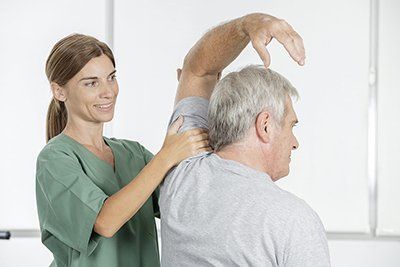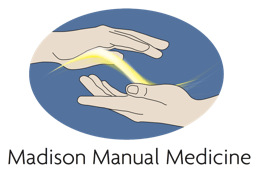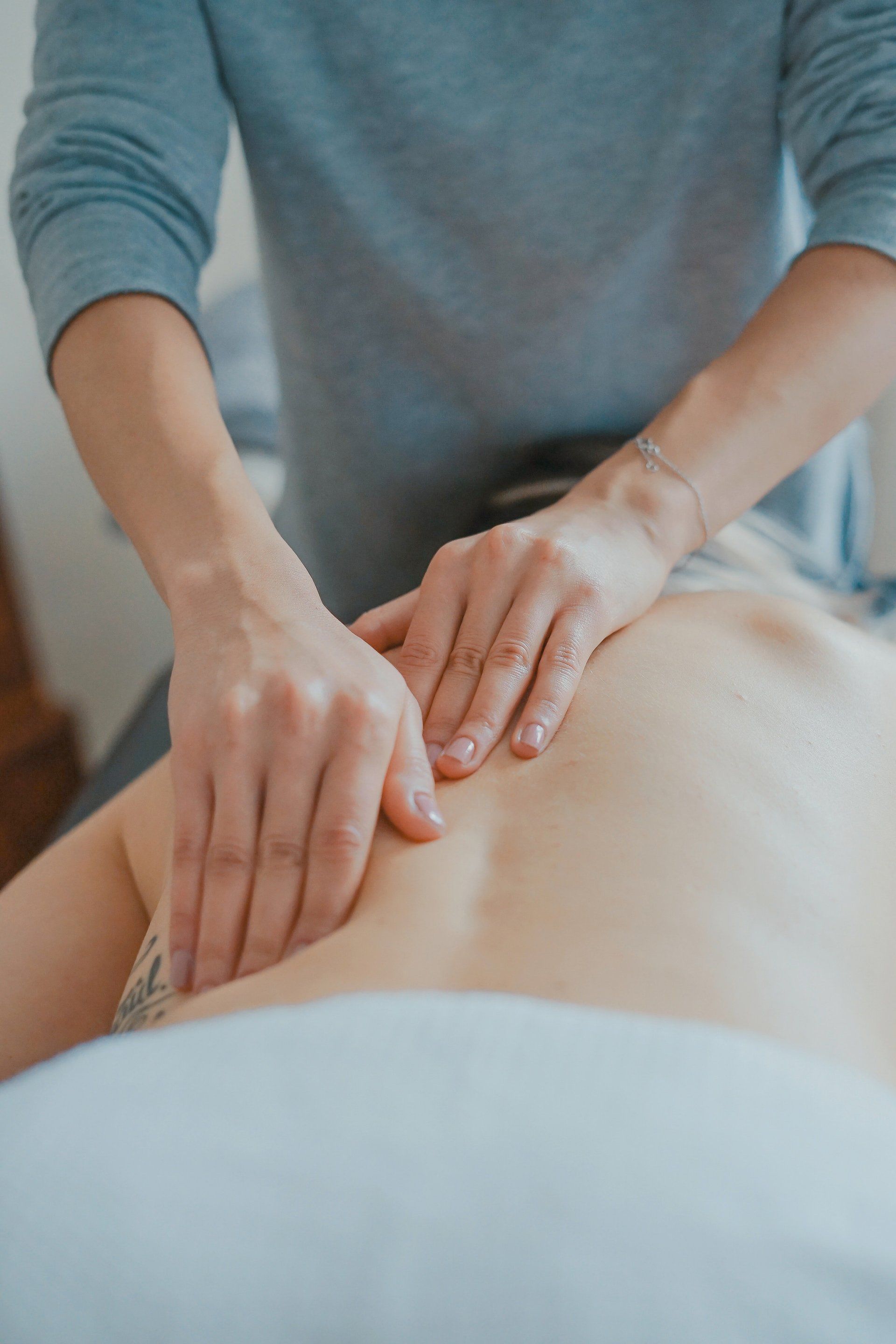A Brief History of Osteopathy
Osteopathy began as the brainchild of Andrew Taylor Still. Still served as a Hospital Steward and surgeon in the Union Army during the Civil War. After the death of three of his children from spinal meningitis, he concluded that the medicine of his day was potentially harmful and often ineffective. He took a ten year hiatus from his practice and explored the insights of native healers as well as the implications of anatomic structure on function and health.
He promoted the idea of treating the underlying structural problems — not just symptoms — and developed treatments based on an in-depth understanding of the structure of the body and how these structures interrelate with one another. After restoring balance to structural relationships, he found the body better able to recover from disease and injury. In other words, as mechanical balance and relationships were restored a patient was better able to return to function, health, and strength.
His basic findings are still the underpinnings of osteopathy:
- The human body is a dynamic functional unit, whose state of health is influenced by the body, mind and spirit.
- The body possesses self-regulatory mechanisms and is naturally self healing
- Structure and function are interrelated at all levels of the human body
- The body is not healthy if fluids (blood, spinal fluid, lymph, cellular fluids within nerves) are not free flowing
In addition to his contributions to the art and science of medical care, A.T. Still felt strongly about gender equality: his school of osteopathy admitted women from its outset in 1892. Prior to inventing osteopathic medicine, he fought in Civil Wars in Kansas to ensure it entered the Union as a free state. He was a state legislator and an ardent abolitionist.



